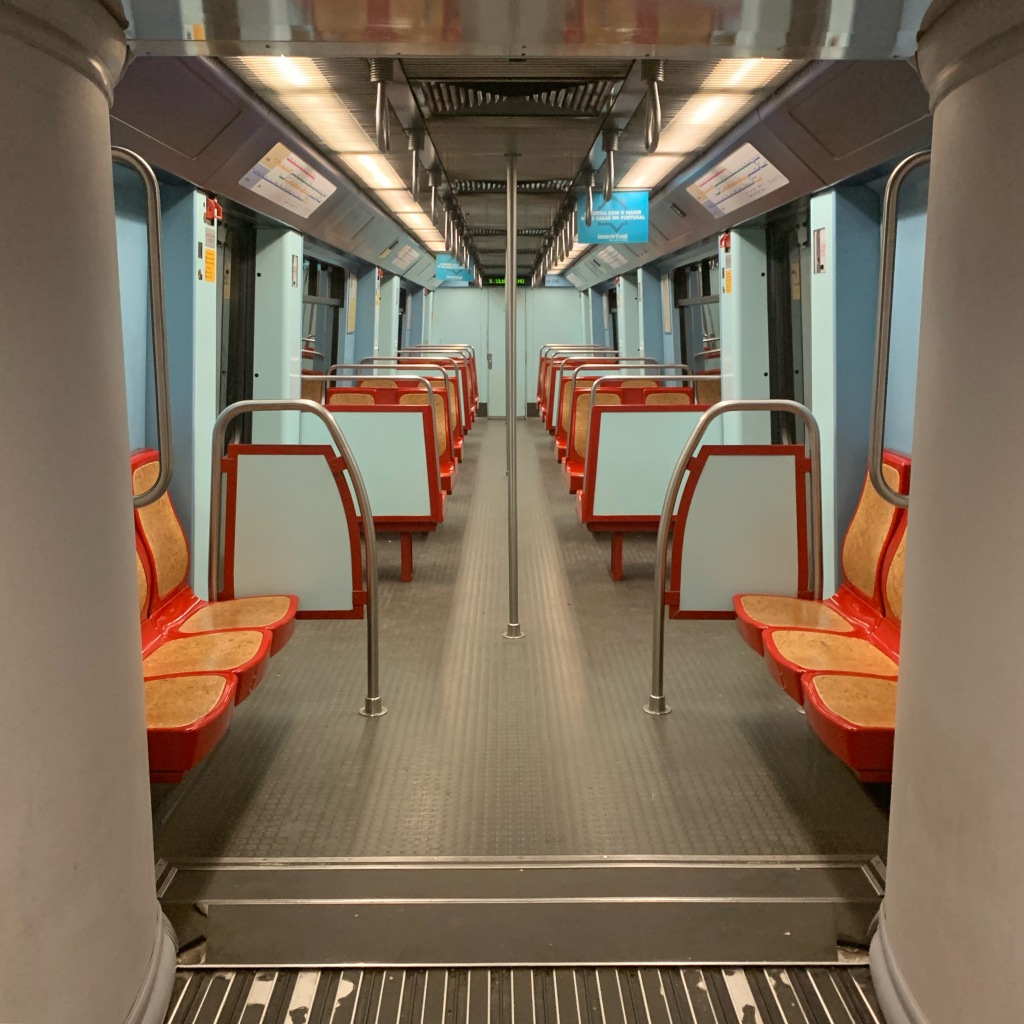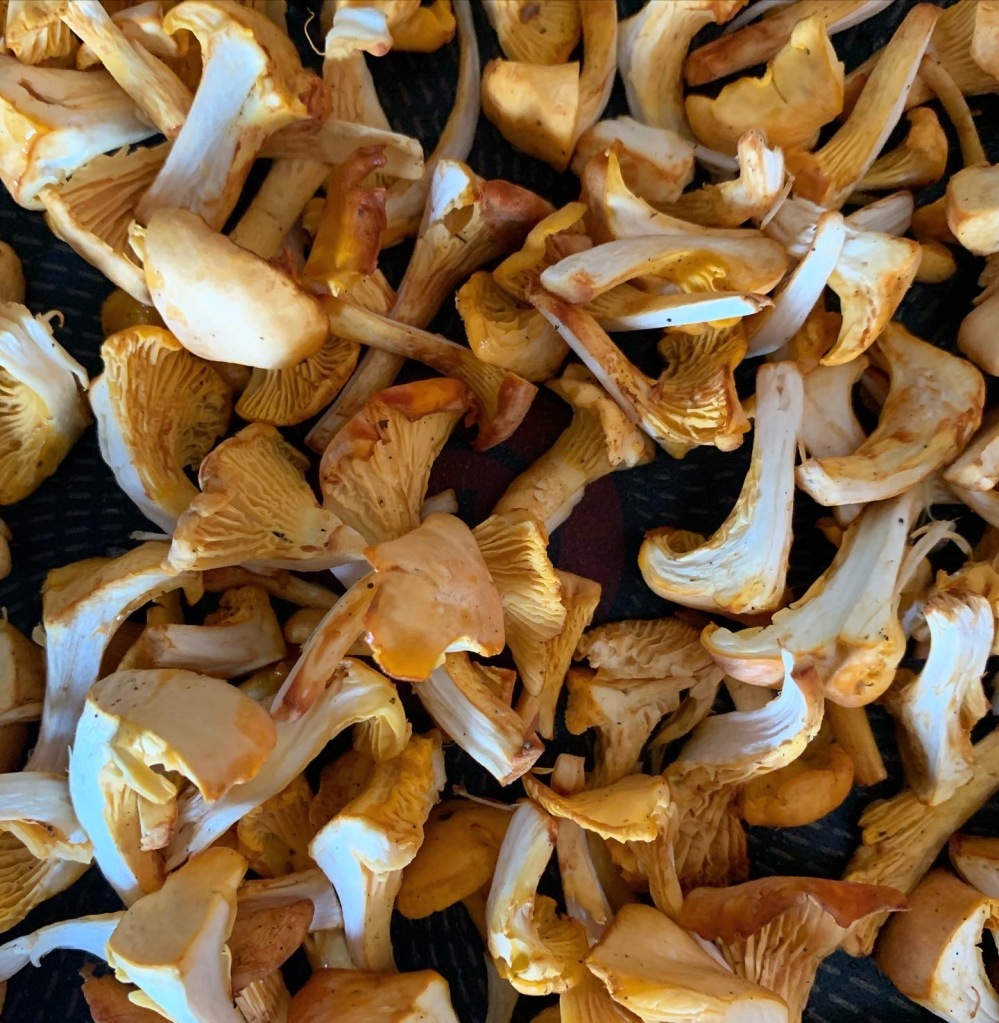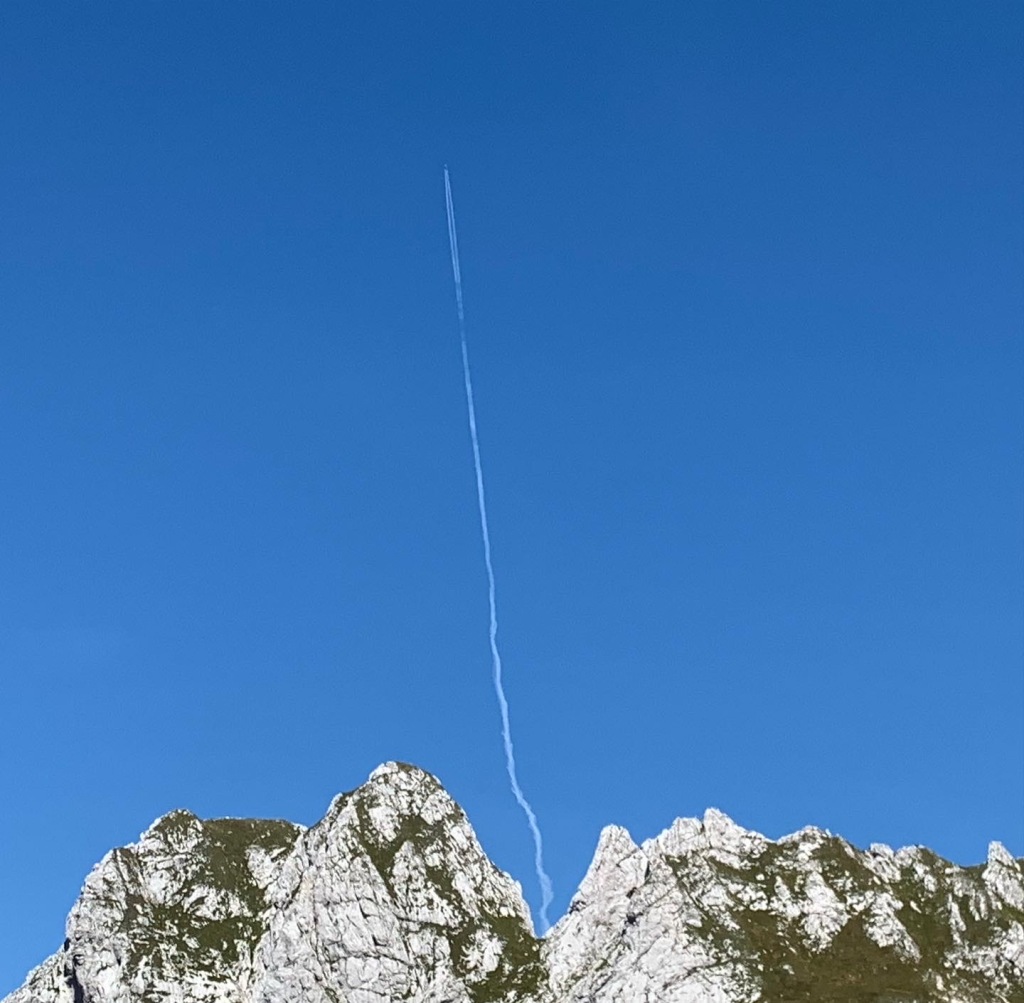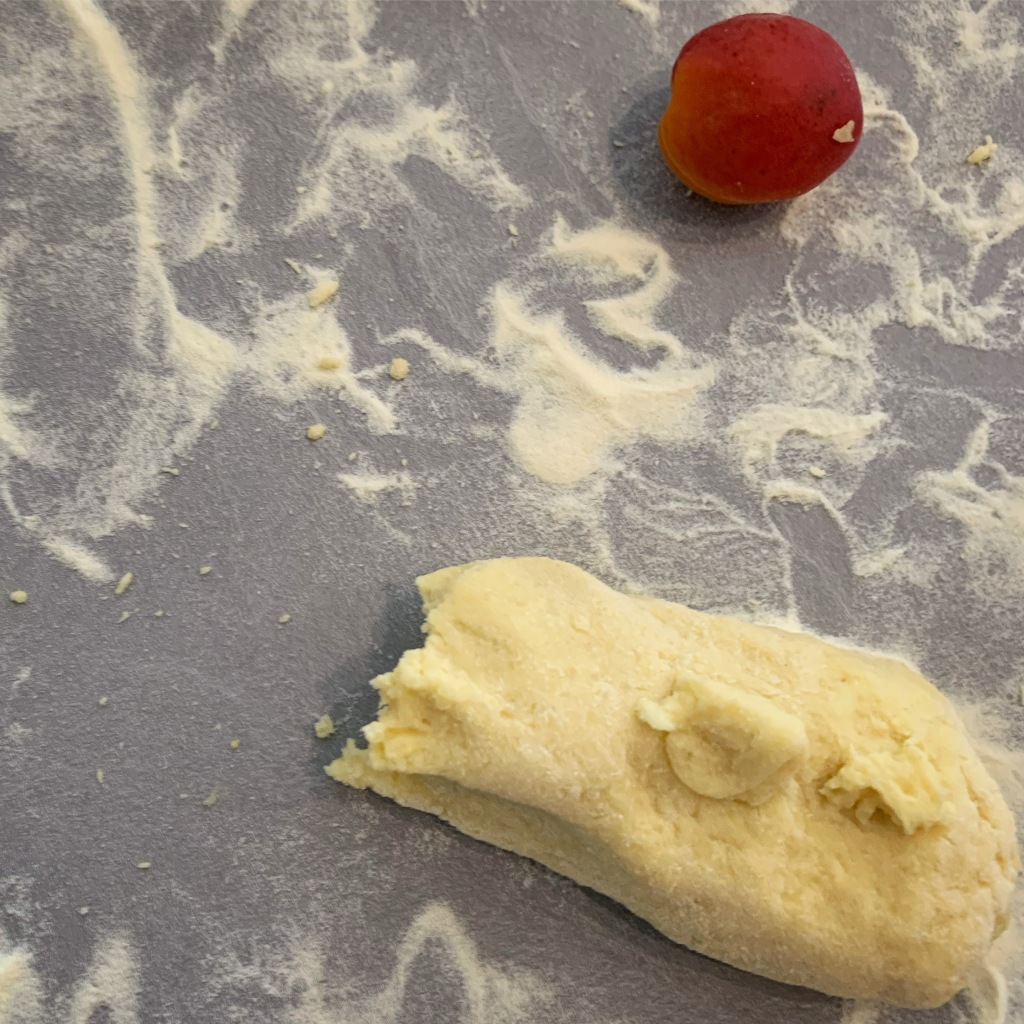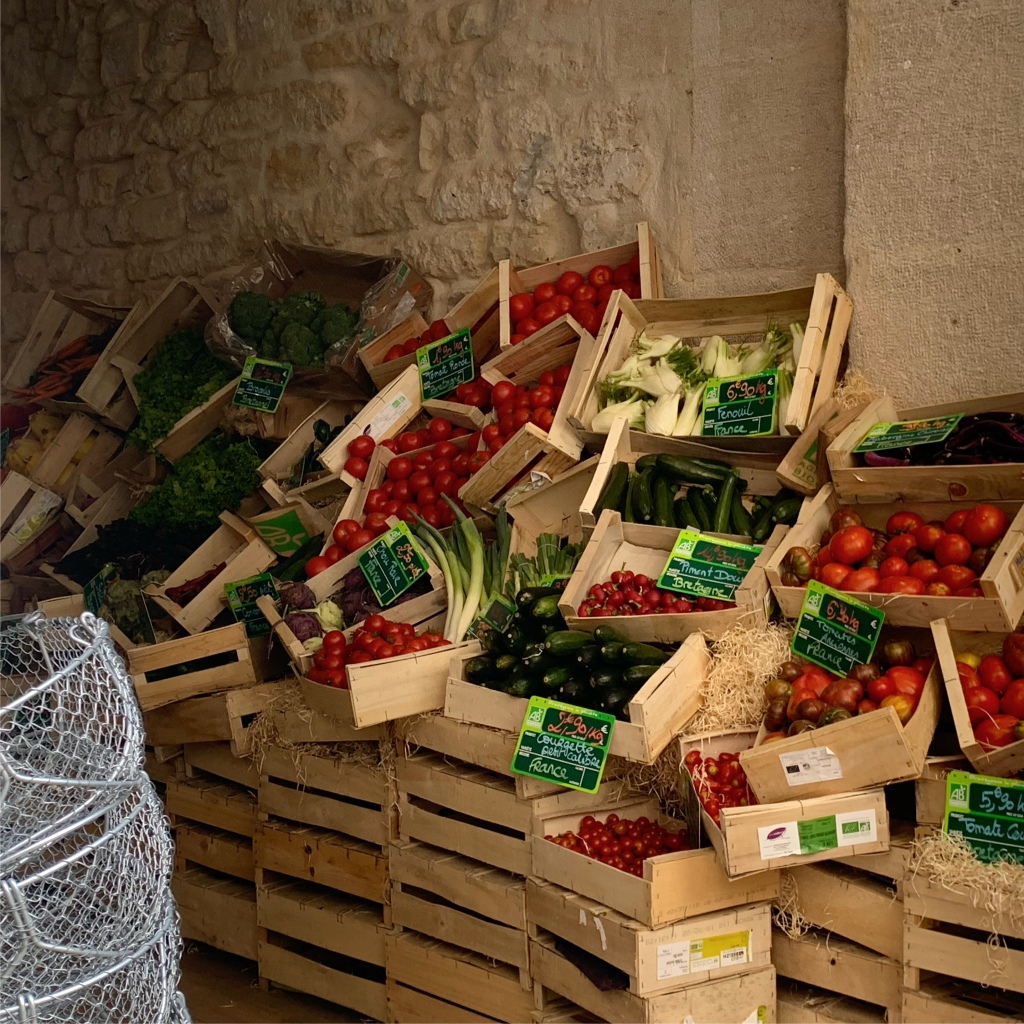Slovenia, mid-August 2022
The pre-bed routine of showering and brushing teeth. Usually a calm, uneventful activity.
Not so this hot August evening.
Tija enters the bedroom from the hallway. Strips. Wraps a towel around his waist in anticipation of a shower.
I barely have time to appreciate the view before a hornet appears in the bedroom, attracted to the bright naked light bulb hanging from the ceiling.
Now the thing to understand about a Slovenian hornet is that it’s the size of a small car. Or it seems so, when it’s within a metre of you in a confined space. You can see its wings beating. Its antennae twirling. Its mean eyes glaring at you. If you’re particularly lucky, it’ll even flash its stinger at you. It’s the size of the same small car’s exhaust pipe and points threateningly.
It is, quite simply, fucking terrifying.
We’re startled, obviously. Tija opens the bedroom door, turns the light off, beckons me into the safety of the hall, slams the door. We hope the hornet will be drawn from the bedroom into the neighbouring living room, where an open window leads towards the street lights glowing outside.
Instead, the hornet sneaks out the closing door and joins us in the hall, where another bright bulb shines. Crap! Tija quickly reaches across the hall to shut the ajar kitchen door and we jump back into the bedroom, shut that door again and switch the light back on.
We pause to giggle with nervous relief. Whew. Success! He goes to fix the towel around his waist, which has loosened in the chaos. As he opens the fabric, the hornet rockets madly out of the gap and crashes straight into my forehead.
I shriek, and the two of us – the confused hornet and the confused me – take turns chasing each other into the darkened living room.
I lose sight of it but hope it’s taken the hint and left via the open window. To be safe, we repeat the earlier process: switch off the bedroom light. Duck into the hall. Close the door.
We eye each other half-conspiratorially, half-desperately. We’ve finally outsmarted the thing and we’re unstung. But we’re now trapped outside our own bedroom.
It’s then that I look over Matija’s shoulder at the kitchen door, which he’d closed moments earlier. A livid hornet sits with two legs pinched between the top of the door and the jamb, its stinger extended nearly a centimetre from the ass-end of its abdomen.
Fuck. There are two hornets!
Opening the door will release the enraged creature upon us. We’ve no choice but to make the sad call to kill it swiftly with the base of a heavy glass bottle sitting in the hall. Sorry hornet!
After a few deep breaths, we finish our previous bed-readying. But there’s still the return to the bedroom to navigate. We apprehensively creep back in, hoping the towel-dwelling hornet number two has finally fled through the open window. I threaten to speak Slovenian to see if that scares it off, but I need not break out my rudimentary monosyllables: the room is silent.
It’s still a fitful night: we toss and turn on insect-infused dreams.
Bleary-eyed but unstung in the morning, the plot thickens with one more twist. I foggily get out of bed and stumble towards the living room. As I cross between the two rooms I look at the floor and jump! There, centred on the threshold of the doorway, is hornet number two. Dead.
There’s been a murder! How we know not. For despite the open window, allure of street lights and prospect of freedom, its flight – and life – has come to an end just a couple metres from where we lay, having night terrors about its presence.
We keep the windows closed that night.




